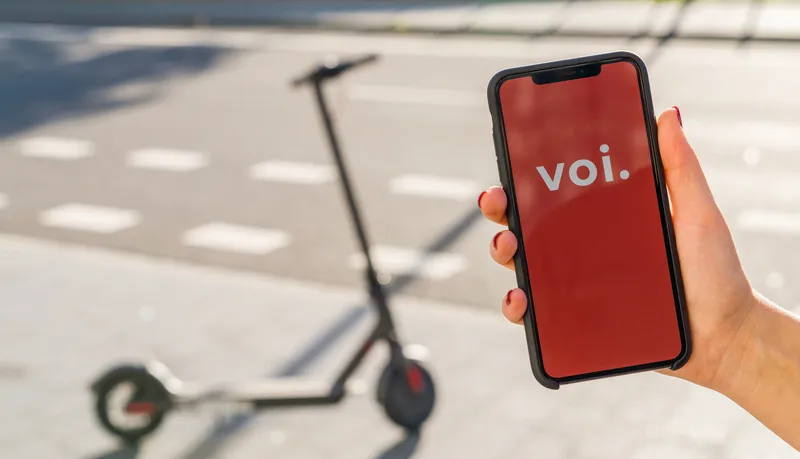A survey conducted by the
The majority of survey respondents have already installed security cameras, indicating not only a very strong installed base but also that public transport operators are convinced of the value that video surveillance offers their organisations. The vast majority of respondents reported that video surveillance systems help increase the actual and perceived security among passengers and staff, as well as minimise, deter and manage various types of crime and vandalism.
The survey also revealed that public transport staff is generally very positive towards the use of video surveillance, with more than 83 per cent indicating positive or neutral reactions, especially when usage of the system is well communicated to staff. Some responders do not gather staff or passenger feedback, but from those that do, no responder reported a negative reaction from staff or passengers.
The survey found that use of video surveillance within public transport is no longer only a matter of incident evidence, even if the vast majority of respondents find this forensic element the most valuable concrete use. Real-time detection of incidents also scored highly in terms of potential value, indicating this is a trend to come.
Already today, 42 per cent of respondents can share live video with other parties such as police or other authorities, and 50 per cent plus plan on using real-time video surveillance in rolling stock (moving vehicles versus just in static locations). This underlines the value of real-time video surveillance monitoring across all areas of a public transport system.
The survey also evaluated awareness, present usage and future interest in video analytics. The majority of respondents are aware of video detection analytics for intrusion, perimeter breach, fire and smoke and rail track access, with actual usage already between 10-20 per cent. Future interest is high with approximately half of the respondents having indicated that they are interested in using these video analytics applications moving forward. Graffiti behaviour detection was a further application which sparked the interest of over half the respondents.
“The survey results show that many public transport operators utilise video surveillance for more than just recorded evidence after incidents have occurred. The real-time possibilities offered by modern IP video systems are increasingly being used to efficiently manage incidents as and when they occur,” said Patrik Anderson, director Business Development Transportation,
“Ensuring citizens around the world get to school or work safely every day is the number one priority for the public transport industry. Video surveillance is a key tool to support staff and help public transport operators achieve this aim,” said Alain Flausch, secretary general, UITP.
Survey: public transport operators look to expand use of real time surveillance
A survey conducted by the International Association of Public Transport (UITP) and network video supplier Axis Communications has revealed that operators worldwide are continuing to invest in leading edge security technology, with the majority interested in adopting more widespread use of real-time surveillance and advanced video analytics to better protect their passengers, equipment and installations.
June 12, 2015
Read time: 3 mins










